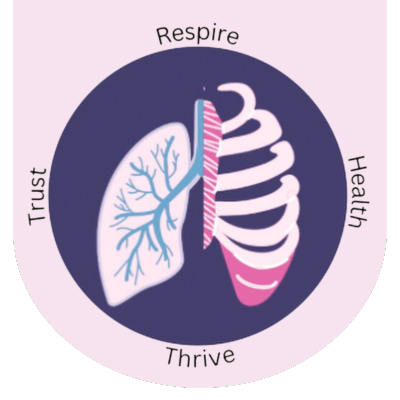Lung and Trachea
Home / Lung and Trachea

Why Choose Us
Choose Us For Expert Treatment
The lungs and trachea are a vital duo in your respiratory system, working together to bring oxygen into your body and expel carbon dioxide.
When you inhale, air enters through your nose or mouth, travels down the pharynx (throat), and passes through the larynx. The epiglottis in your larynx closes briefly to prevent food or drink from entering your airways. Air then goes through the trachea, which splits into the left and right bronchi, delivering air to each lung. In the lungs, gas exchange occurs, and the cycle continues with exhalation.
Lobectomy
Removal of a diseased or damaged lobe of the lung. This might be necessary for lung cancer, severe infections, or emphysema.
Tracheostomy
Creation of an opening in the trachea through the neck to establish a direct airway. This might be needed for prolonged ventilation, airway blockage, or severe upper airway weakness.
Each lung is divided into lobes (three in the right, two in the left) with a network of branching airways (bronchi and bronchioles) leading to the alveoli. The lungs are covered by a pleura, a double-layered membrane that helps them inflate and deflate smoothly.
The rigid cartilage rings prevent the trachea from collapsing and ensure a clear passage for air. The inner lining traps dust, allergens, and other particles with its mucus, which is then swept upwards by tiny hairs (cilia) lining the trachea and swallowed. This filtering system protects your lungs from harmful invaders.
Some of The Procedures For Treatment
Lung & Trachea Surgeries:
- Pneumonectomy: Complete removal of a lung, typically for advanced lung cancer or severe scarring.
- Wedge resection: Removal of a smaller wedge-shaped section of lung tissue for tumors or other localized problems.
- Tracheal resection: Removal of a damaged section of the trachea, usually followed by reconstruction with a graft or stent. This might be necessary for tumors, trauma, or severe narrowing.
- Endoscopic surgery: Minimally invasive procedures using a thin, lighted scope inserted through the mouth or nose to remove polyps, foreign objects, or perform biopsies within the trachea.
- Lung transplant: Replacement of a diseased lung (or both lungs) with a donor organ for severe end-stage lung disease.
- Tracheostomy: Creation of an opening in the trachea through the neck to establish a direct airway. This might be needed for prolonged ventilation, airway blockage, or severe upper airway weakness.
Advantages of Treatment for Lung and Trachea
Improved Breathing
Removal of diseased lung tissue can significantly improve airflow and breathing for patients with conditions like lung cancer, emphysema, or severe infections.
Cancer Treatment
Lobectomy and pneumonectomy are crucial tools for treating lung cancer by removing the cancerous tissue.
Improved Quality of Life
Lung transplants offer a chance for patients with end-stage lung disease to breathe more easily and enjoy a significantly improved quality of life.
Minimally Invasive Benefits
Similar to VATS, endoscopic procedures offer advantages like faster recovery and less discomfort for removing small lesions or performing biopsies within the trachea.
Speciality Care
Email ID
drrajkamalvishnu@gmail.com
+91 97318 23368
Phone No
Address
To be mentioned
